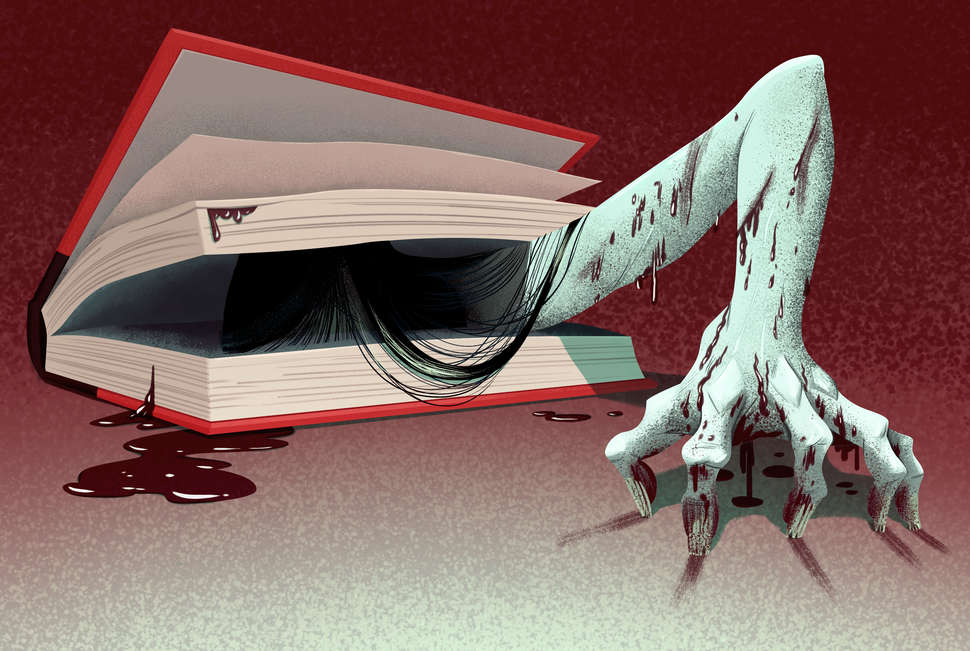Amelie Lee ’23
Copy Editor Intern
Sept. 26, Vol. XXIX, Issue 1
As my friends perused positive self-help books and picturesque romances over their summer break, I chose to spend my time invested in something a little less wholesome: murder. While I personally have no interest in engaging in such activity, I’m absolutely obsessed with reading thriller novels: psychological horrors complete with twisted motives and uncertainty.
Amid my book induced haze, I realized that there seems to be an unfair offset of ratio of bone-chilling thrillers and predictable slow-moving bores in the world of thriller literature. More often than not, books that I hoped would stimulate my innate need to be terrified ended up losing their thrill as I dragged my feet through yet another mediocre storyline. Per my thorough analysis, here’s what sets good psychological thrillers apart from those who fall flat.
Crisp writing style:
While he might be the most accredited horror author in the literary world, Stephen King isn’t my cup of tea. That might cause me to lose some credibility, but I’ve read enough of his droning novels to know that I’m not a fan of his long-winded writing style. When it comes to thrillers, snappier language allows me to pick up on details that help me solve the mystery or understand the characters. King does better when he writes with more brevity, with his short story “The Long Walk” being one of his only pieces I thoroughly enjoy.
It might help to set the ambiance of a story, but overly complex prose tends to take away from the shock factor of horror, distracting from the gore and excitement of the plot. Authors Gillian Flynn and Paula Hawkins do this particularly well, with crisp styles in “Gone Girl” and “A Girl on a Train” striking readers with every chapter.
Realistic twist:
Psychological horror wouldn’t mess with readers’ minds quite so effectively without a terrifying plot-twist near the end. However, far too often, authors take this theory to heart by overcompensating, basing the entire book’s success on an epic twist at the end. By focusing on a dramatic twist over a plot that stands on its own, often an author undermines previously carefully crafted details of the world, contradicting what the reader thought they knew about character traits or story plot.
Recent dramatic thrillers “A Stranger in the House” and “The Wife Between Us” fall into this category, featuring massive plot twists that feel inconsistent to the characters and storyline. After pages of fluctuating motives and logic that changes on a whim, erratic plot twists leave readers more confused than scared. Stories that follow a natural progression, like Flynn’s “Sharp Objects,” create a more compelling plot that readers can believe and invest in.
Humor:
By far, my favorite thrillers are ones that don’t take themselves too seriously. Heavy topics like kidnapping and torture often pair well with sarcasm, and books that lean into this create a vivid and engaging world of terror and irony.
Horror authors often write about heavy storylines with a proportionally heavy tone, with books like “The Perfect Nanny” by Leïla Slimani filled with somber tones and serious scenes. Instead of overdramatizing every violent act and spoon-feeding emotion to the readers, humor allows for people to contemplate the consequences of the story themselves.
Image Credit: Thrillest



